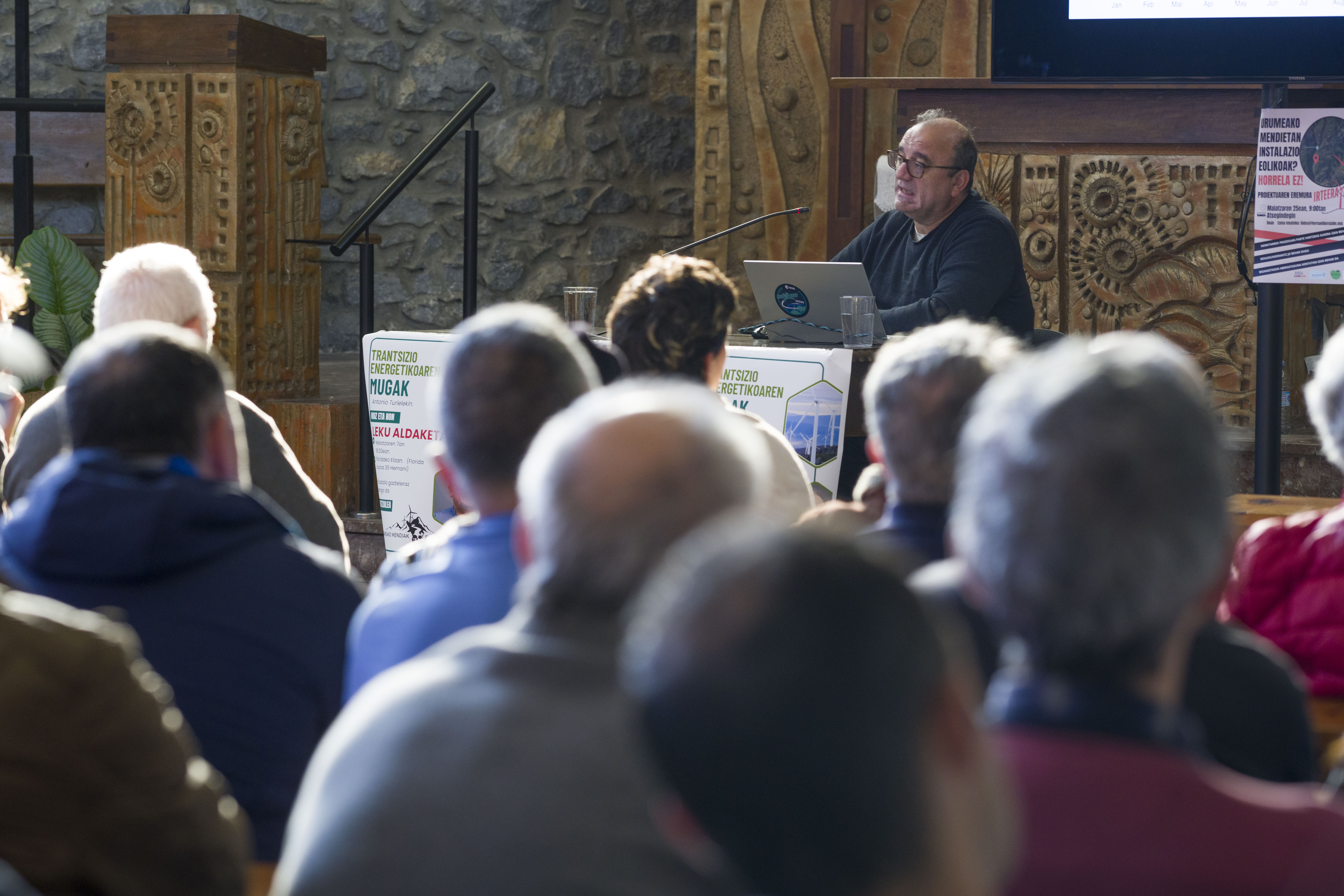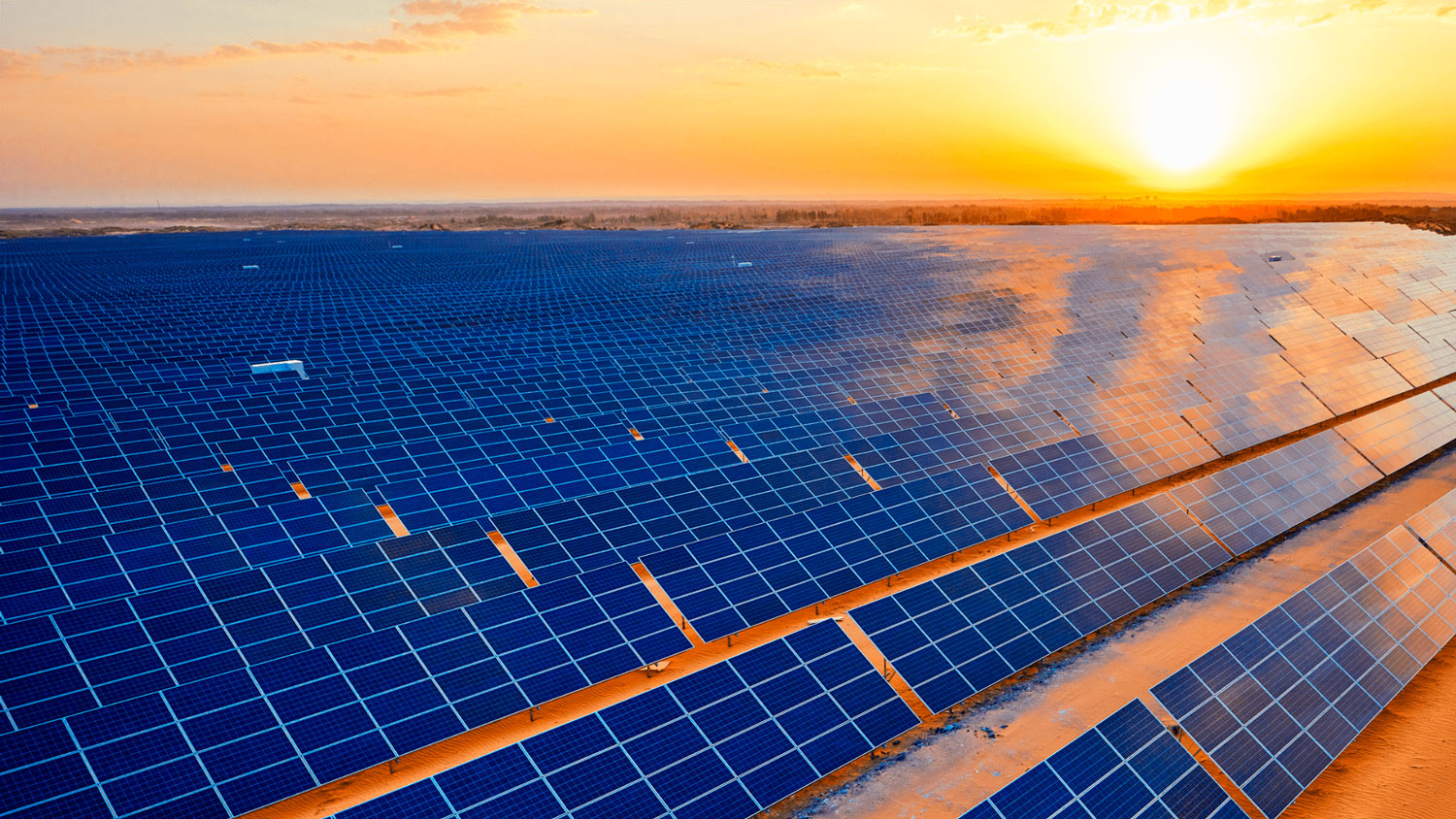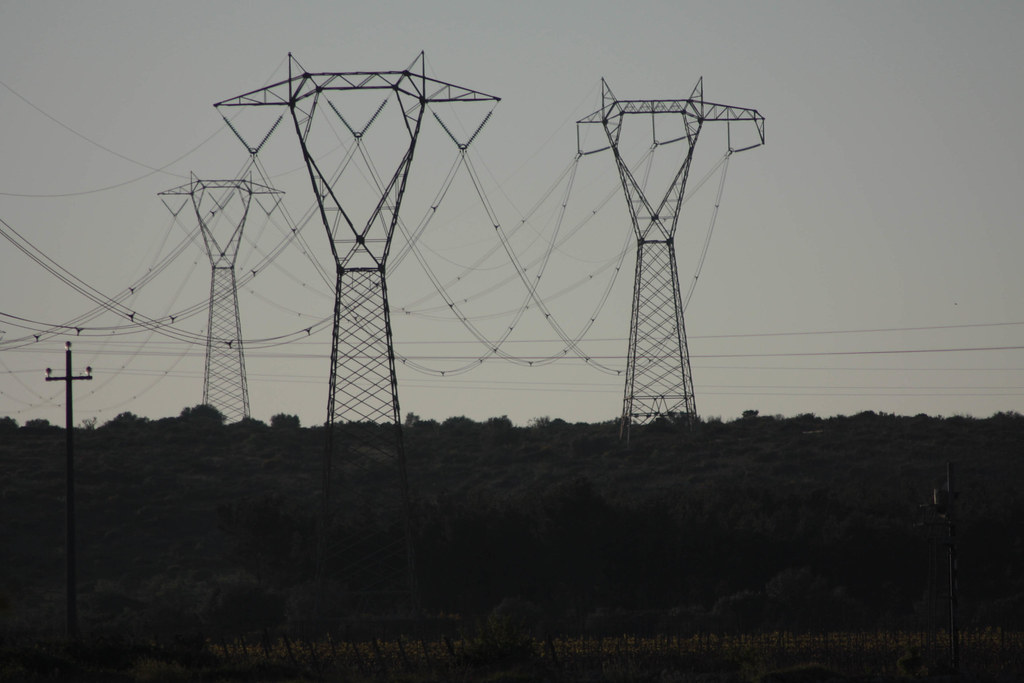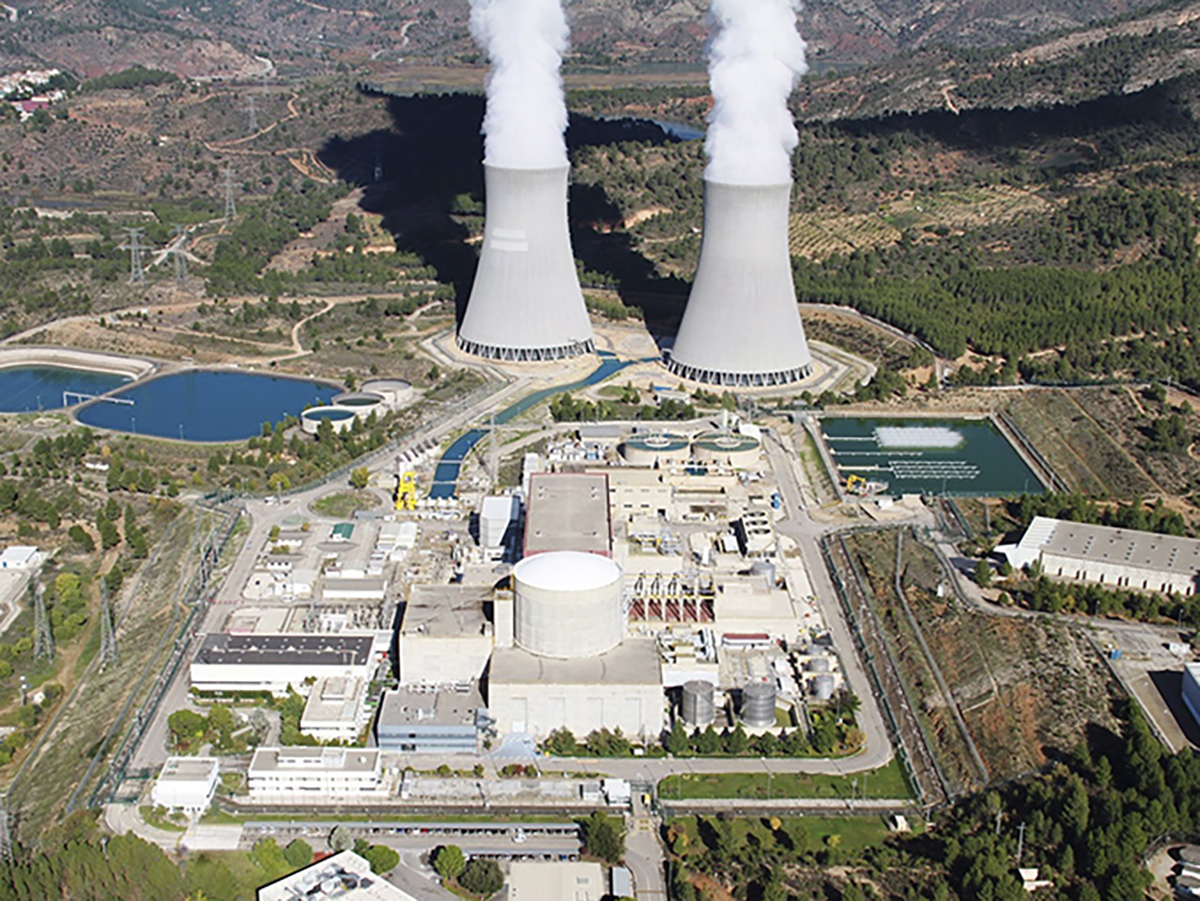Do you know what energy colonization is? Extremadura yes: now they will plunder it on behalf of renewables
- Iberdrola has inaugurated the largest photovoltaic plant in Europe in Spain, in the town of Torrecillas de la Tiesa. They highlight that with 590 megawatts of power and 1.5 million modules, it will generate "clean energy" enough to supply 334,000 homes. It is not the first one built in that territory and there are more mega projects on the road. This is what some experts have called “energy colonization”, as in the poorest places in the world, which we will soon meet in southern Europe.
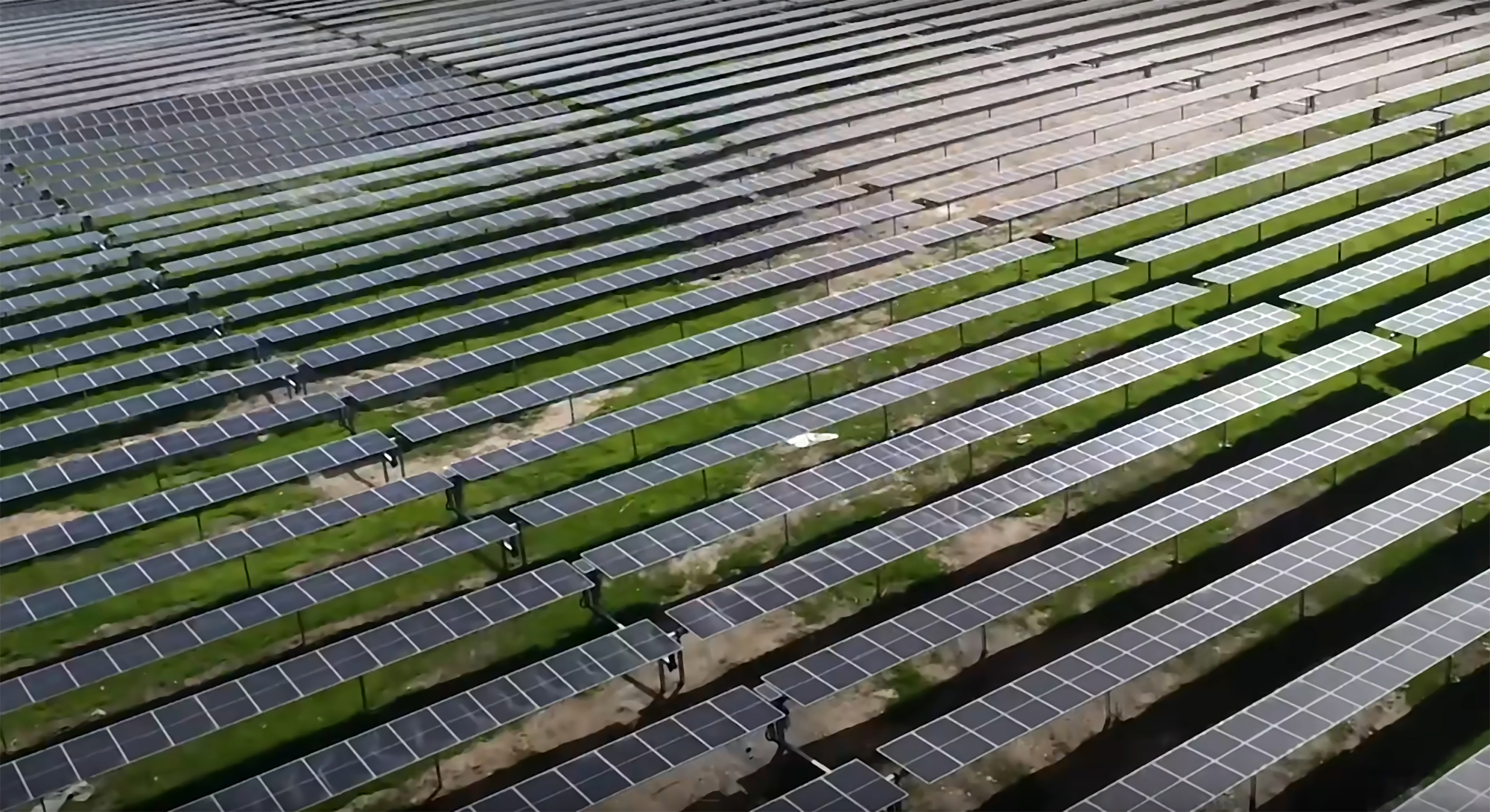
To put the name of Francisco Pizarro to a photovoltaic plant, to more than one, also cynical, taking into account the carnivals that the conqueror with horseback sculpture made in the Spanish colonies of South America in the middle of the plaza of Trujillo (Extremadura, Spanish State) to take advantage of gold and silver. Now the multinationals extract boron, teluro or lithium from their mines, while yelling in Extremadura against lithium mines, to make solar panels and store “clean” energy.
Iberdrola announced on 10 August the expansion of the largest photovoltaic plant in Europe between the Extremadura localities of Torrecillas de la Tiesa and Aldeacentenera. The electricity company has installed in one year 1.5 million solar panels or modules in a large area of 1,000 hectares dedicated to agriculture and livestock, with more than 1,000 sports fields. With this infrastructure, Iberdrola plans to generate a force of 590 megawatts, sufficient to supply 390,000 homes, and “will prevent the emission of 150,000 tons of CO2 annually into the atmosphere,” according to the press release.
The list of possible advantages does not end here: during construction work 1,500 jobs have been created and measures have been taken to respect the archaeological remains that have appeared or the displacement of native birds. What else did Pizarro need for a face cleaning?
But some have questioned these macro-infrastructures. Ecologists in Acción warned long ago that the territory is experiencing a “photovoltaic fever” and that it is facing a bubble without planning on the excuse of the energy transition. There are even those who say that a new “colonization” is taking place in Extremadura, another in its history.

The Extremadura population already knows what it is to extract natural resources through exploitation. During the Franco regime, the large reservoirs of the Tagus River basin were built with the slave work of the prisoners, in exchange for a quarter of what was then worth, and dedicating part to paying the sentence. The Centro de Arte Contemporáneo Matadero Madrid has analyzed the case in the publication Dominación y (Neo-)extractivism ("Domperación y (Neo-)estractivism"): Francoist colonization tried to satisfy the desire of a hydraulic "regeneration" that had long come.
First was the hydrological colonization of Franco, then nuclear continued, and now comes the photovoltaics.
This publication has been published to commemorate the 40th anniversary of the famous book "Extremadura Saqueada", Ruedo Ibérica (pdf). This study, carried out by the tireless sociologist Navarro Mario Gabiria and many others, showed the cracks that existed in Extremadura, exposing the consequences of the project of colonization and irrigation “Plan Badajoz”, undertaken two decades earlier by the Franco regime, with an extraordinary collective field study: “The colonies are only populated to work, rather than places to live,” Gabiria concluded.
In those times when there was a new energy crisis, the oil crisis of 1973, and the need to “illuminate houses with candles” without nuclear energy, the book stimulated the fight against the Valdecaballeros power plant, which in 1979 brought together 50,000 people in Villanueva de la Serena.
Therefore, first it was a hydrological colonization, then nuclear continued – when in 1981, the Admiralty Plant was inaugurated in Cáceres, with its two reactors, the largest in the Spanish state. Now comes photovoltaic, taking advantage of the solar rays that dominate most of the times of the year in Extremadura. This is what a group of experts denounce in their report "How to avoid the third energy colonization of the region" (pdf).

The first reservoirs, now the mirror fields.
The report has been published by the Club Senior de Extremadura, a lobby of entrepreneurs and academics, not suspected of defending extreme ideas. These experts have been very critical of the implementation of renewables, starting with a social perspective. As you have explained, half of the industrial good in Extremadura corresponds to the production of electricity, while Iberdrola acts as an oligopoly, since 30% of all industrial resources, including the main nuclear and hydroelectric plants, only maintains 1,200 jobs in the territory.
The energy produced at Francisco Pizarro’s PV plant will be intended for the workshops of
Danone and Pepsio in distant cities, including Vitoria and Pamplona
In Torrecillas de la Tiesa, hundreds of people worked to install solar panels on the Francisco Pizarro plant, mainly from Andalusia, and slept in precarious flats rented in the town. But they disappeared overnight and now there are only a few maintenance workers. According to the report, the PV sector generates 0.05 jobs per hectare, less than the agricultural sector in most cases. It includes the results of a demographic study conducted by professor Julián Mora: All 20 municipalities around the large photovoltaic plants built in Extremadura in recent years have lost inhabitants without exception.
The system has more nonsense. Only a quarter of the energy generated is consumed on site and the rest is transported to many kilometres. The plant of Francisco Pizarro, for example, will be intended for the factories of Danone and Pepsi in several cities, including Vitoria and Pamplona, as Iberdrola has agreed with these companies. “Only what is used directly in the place where it is generated is ‘green energy’ – the report’s experts say. But administrations are tolerating misleading advertising, calling ‘green’ energies that are transported and consumed with non-renewables.”
Torrecillas de la Tiesa, Talaván, Talayuela, Usagre.. The lands of many villages have been plagued with cement for solar plate beams, destroying what was previously productive agricultural or livestock. Angel García, member of the Association of Young Farmers Asaja, spoke on his website for a special report on these photovoltaic projects: “When one of these companies touches the door of the landlord, the lottery hits him, but a farmer also disappears.”
.jpg)
According to estimates made by the Senior Club, the area occupied by renewables can reach 85,000 hectares: “Extremadura is today a territory full of photovoltaic mirrors, and it will remain so in the coming years.” Obviously, these experts are not opposed to the use of renewable energies, but without sustainable planning and criteria, they claim that social and ecological damage will be similar to previous colonizations.
According to some estimates, the area occupied by renewables in Extremadura could be around 85,000 hectares
They're not the only ones. Antonio Turiel, head of the famous blog The Oil Crash and knowledgeable of the energy transition, also said that solar parks will be the “hell” in summer, because the local temperature rises a lot and are made of polluting materials. Turiel has published in Context an article with Juan Bordera and Alfons Pérez on the current energy crisis. They say that the "colonial energy sweeping plan that Germany wants to impose on countries outside the European Union through the import of green hydrogen" is also intended to be applied in the countries of southern Europe. And that's where the gigantic photovoltaic projects that the renewables industry, to get green hydrogen, needs green electricity.
So what? In Sardinia, for example, in addition to denouncing the colonization of renewables from the anti-pipeline movement, they have called for a "just energy transition", claiming energy communities such as those that have been set up in different parts of the Basque Country, so that citizens consume the clean energy generated and the benefits return to the community rather than to a distant metropolis.
Energiaren Nazioarteko Agentziak (IEA) astelehenean argitaratutako txostenaren arabera, %2,2 igo da energia eskaria 2024an aurreko urtearekin alderatuta, besteak beste, egiturazko arrazoi hauengatik: beroari aurre egiteko argindar gehiago erabili beharra, industriaren kontsumoa... [+]
Eusko Jaurlaritzak eta Arabako Foru Aldundiak Datu Zentroen instalazioei ateak irekitzen dizkiete horiek arautzeko legedia sortu aurretik. Bilbao-Arasur Dantu Zentroarekin, bere lehen fasea gauzatuta, eta instalatzea amesten duen Solariaren Datu Zentroarekin, 110.000 m2... [+]
Espainiako Estatuko zentral nuklearrak itxi ez daitezen aktoreen presioak gora jarraitzen du. Otsailaren 12an Espainiako Kongresuak itxi beharreko zentral nuklearrak ez ixteko eskatu zion Espainiako Gobernuari, eta orain berdin egin dute Endesak eta Iberdrolak.











